“If she had been dressed in modern clothes, you would not have paid attention to her.”
Seventy-five thousand years ago, a woman who was about 40 years old was buried in a cave. and she was buried in a hole hollowed out for her body. Her left arm was placed under her head, and the stone may have served as a pillow. Known as Shanidar Zeth after the cave in Iraqi Kurdistan where she was found in 2018, the woman was a Neanderthal, a member of an ancient human species that disappeared about 40,000 years ago. Scientists studying her remains painstakingly assembled a skull from 200 bone fragments, which took 9 months.
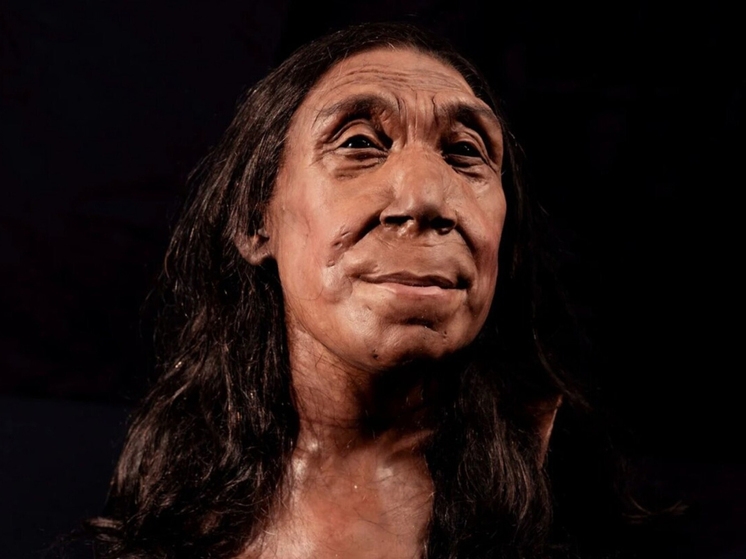 Photo: University of Cambridge
Photo: University of Cambridge
Researchers used the contours of the face and skull to make reconstructions to understand what the prehistoric woman might have looked like, CNN reports.
This stunning recreation is featured in the new BBC documentary Secrets of the Neanderthals for Netflix.
Neanderthal skulls, with their pronounced brow ridges and lack of chins, are different from those of our own species, Homo sapiens, said Dr Emma Pomeroy, a paleoanthropologist and associate professor of archeology at the University of Cambridge, who excavated the skeleton and appears in the new film. Pomeroy says Shanidar Zeth's facial reconstruction suggests the differences may not have been so stark in life.
“There's some artistic license there, but it's based on a real skull and real data about what we know about these people,” she said.
“She actually has a fairly large face for her height,” Emma Pomeroy added. – She has quite large brow ridges that we don't usually notice, but I think that if she were wearing modern clothes, you probably wouldn't notice her.»
Neanderthals lived in mountains of Europe, the Middle East and Central Asia for about 300,000 years, overlapping with modern humans for about 30,000 years. DNA analysis of modern humans has shown that during this time, Neanderthals and Homo sapiens occasionally encountered each other and interbred.
When Pomeroy first discovered the skeleton, its gender was not immediately obvious as only the upper half of the body was preserved. The skeleton lacked the characteristic pelvic bones. The team that originally studied the remains used a relatively new technique involving sequencing proteins within tooth enamel to determine the sex of Shanidar Z, which was first shown in the documentary.
Researchers from the University of Cambridge and the University of Liverpool estimated the individual's height to be approximately 1.5 meters by comparing the length and diameter of its arm bones with data from modern humans. Analysis of wear on teeth and bones showed that she was about 40 years old at the time of death, CNN notes.
“This is a reasonable estimate, but we cannot be 100% sure that they were not older, — says Pomeroy. – We can say that this is a person who has lived a relatively long life. For this society they would probably be very important in terms of their knowledge, their life experience”.
The cave where Shanidar Zet was buried is well known to archaeologists because a Neanderthal grave discovered there in 1960 led researchers to believe that Neanderthals may have buried their dead with flowers — the first challenge to the popular belief that ancient people were stupid and cruel. However, subsequent research by Emma Pomeroy's team has cast doubt on this flower burial theory.
Scientists instead suspect that pollen found among the graves may have reached them via pollinating bees.
However, over the years, scientists have found more and more evidence of Neanderthal intelligence, sophistication and complexity, including art, ropes and tools.
Neanderthals returned to Shanidar Cave many times to bury their dead. The remains of 10 Neanderthals were discovered at this site, half of which, as studies showed, were deliberately buried in one place.
Research suggests that Neanderthals may not have honored their dead with bouquets of flowers, but the inhabitants of Shanidar Cave were most likely empathetic creatures. For example, one male Neanderthal buried there was deaf and had a paralyzed arm and a head injury that likely left him partially blind, but research suggests he lived a long time, so he must have been cared for.
Shanidar Zeth is the first Neanderthal found in the cave in more than 50 years, but the site could still yield more discoveries, Emma Pomeroy said. While filming a documentary in 2022, Pomeroy discovered a left shoulder blade, several rib bones and a right arm that belonged to another Neanderthal.
“I think our interpretation at this point is that, she said, — that in fact these are probably the remains of one person, which were then disturbed”.
Pomeroy describes the reconstruction of Shanidar Zeth's skull, which was crushed relatively soon after death, as «a high-stakes three-dimensional puzzle.» The fossilized bones were treated with a glue-like substance, extracted in small blocks from cave sediments and wrapped in foil before the researchers sent them to the University of Cambridge for analysis.
At the Cambridge laboratory, the researchers took micro-computed tomography scans of each block and used them for extracting bone fragments. Emma Pomeroy's colleague Dr Lucia Lopez-Paulin, a restoration archaeologist at the Catalan Institute of Human Paleoecology and Social Evolution in Spain, assembled more than 200 fragments of the skull by eye to restore it to its original shape.
The team scanned and 3D printed it -printed a reconstructed skull that formed the basis of a reconstructed head created by Dutch paleoartists Adri and Alphonse Kenny, twin brothers who created layers of artificial muscle and skin to reveal Shanidar Zeth's face.
Pomeroy said the reconstruction helped “bridge the gap between anatomy and 75,000 years”.










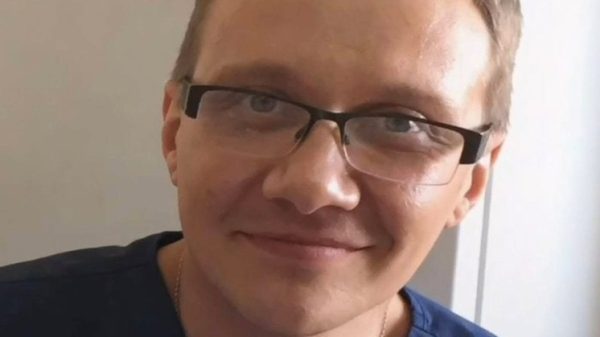
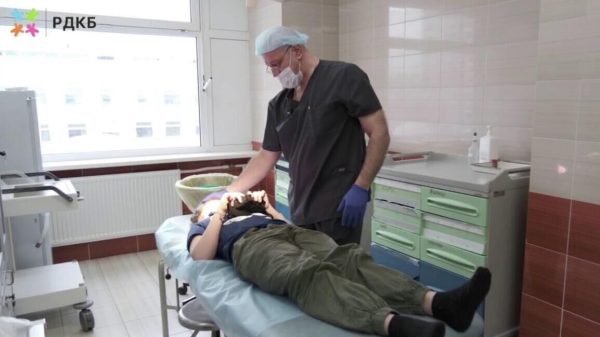
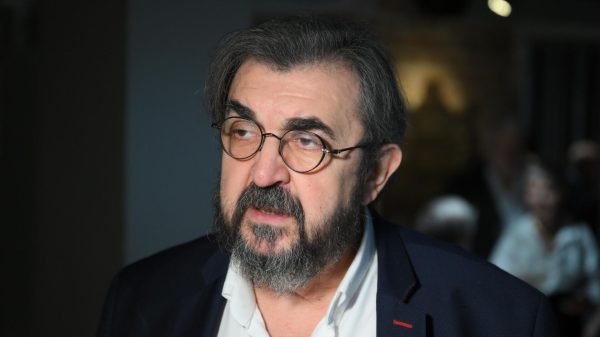
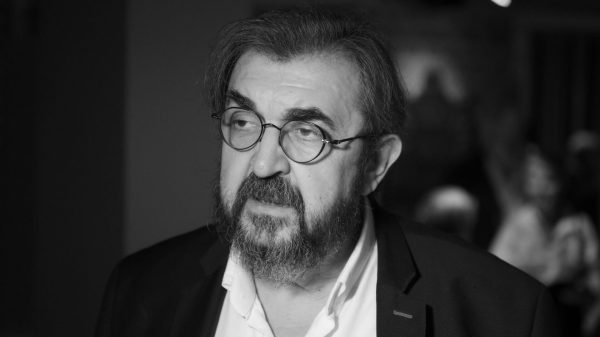
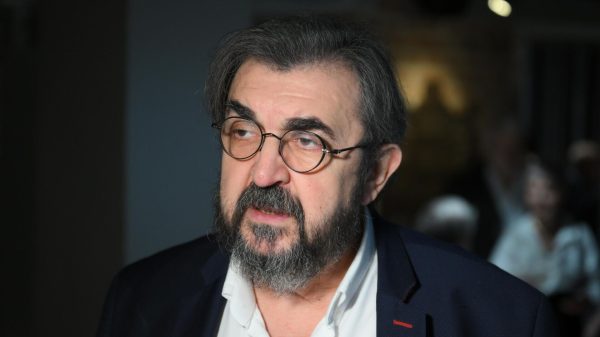
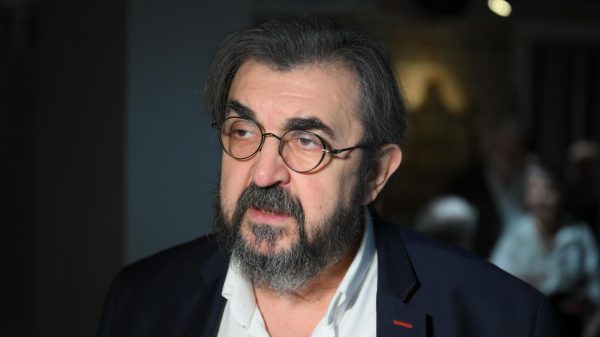



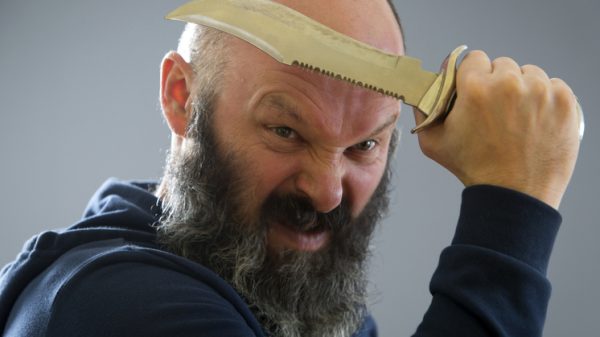
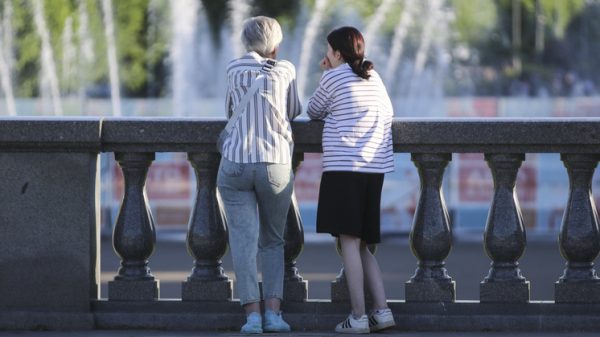





































Свежие комментарии